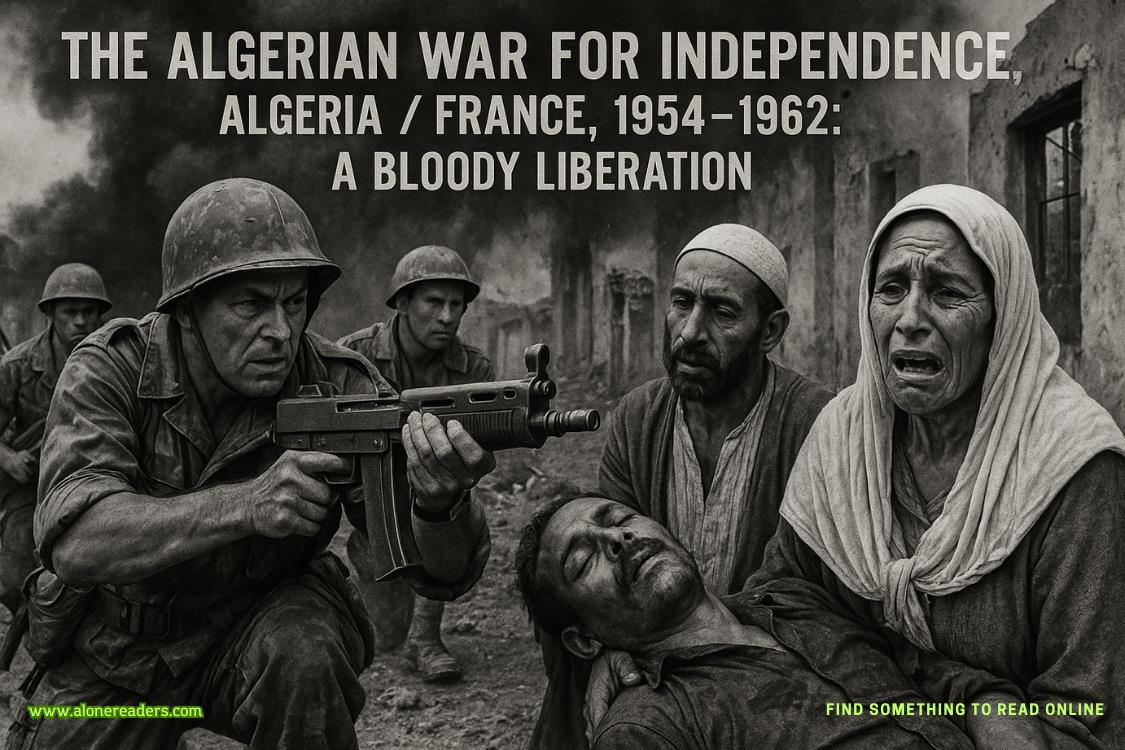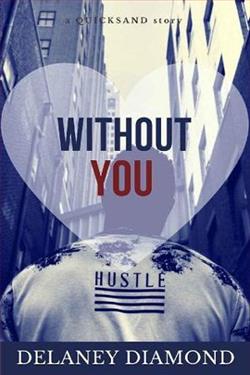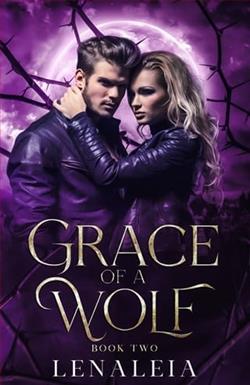Page 5 of Painted in Love
And he would have it. Along with the artist’s true identity.
Chapter Two
Clay had set up the meeting with Adrian Fielding, San Holo’s agent, for the afternoon. Her downtown office in a Market Street high-rise had no waiting room and no receptionist. When he knocked, the door opened to reveal a pretty woman, thirty, maybe a little older, blond hair curling over her shoulders.
Her curvy figure made him think of Gareth, because this woman was exactly his friend’s type.
She held out her hand, shaking with a strong grip, her voice smooth and very British. “You must be Clay Harrington. I’m Adrian Fielding.” They exchanged business cards.
So, the agent was British. Another clue to the artist’s origins?
She beckoned him into the large office overlooking the bay, with an oversized desk holding a computer and two monitors, a conference table, a couch with two wing chairs, and a sideboard holding a coffeemaker, fridge, and microwave. Nice digs, but it was the view of the bay that made the space impressive.
“Please, have a seat,” she said. “Then we’ll discuss how I can help you.” He’d given her no idea over the phone. “Can I get you some coffee? Or water?”
“Water would be great, thanks.”
She poured him a cup from a water cooler next to the sideboard.
Instead of getting directly to his mission, he made small talk. “Where are you from in England?”
She smiled. “London.”
“I enjoy London,” he told her. “The city has a marvelous art culture. I’m surprised you could leave it. How long have you been in San Francisco?”
She shrugged nonchalantly, as if she didn’t suspect he was fishing for information. “About five years.”
San Holo had come on the scene big-time about eighteen months ago, from what Cal had told him. His first works showed up in London, and he had a British agent. Had he come from London to San Francisco and searched out Adrian Fielding, a woman who was probably the only British agent in town? Like sought like. It made sense. He’d be willing to bet that San Holo was British.
He eased into what he wanted. “I’ve been watching San Holo’s work, and it’s brilliant.”
She smiled like the cat that ate the cream. “I totally agree. San is brilliant.”
“Cal Danniger is a big fan of his work.”
“Yes,” Adrian said. “Mr. Danniger is a very good client.”
“I also have a young friend who’s in love with San Holo’s work. In fact, Dylan was the one who found San’s—” He used Adrian’s familiar abbreviation. “—mural down in the Mission District. He discovered the trademark fleur-de-lis.”
Adrian raised an eyebrow. He could have sworn the pupils of her blue eyes grew larger. “I didn’t know he’d done another mural right here in San Francisco.” She made it sound as if San Holo didn’t live in the Bay Area. Maybe he still resided in London, and the latest mural was just a pop-up.
It gave Clay the perfect opportunity to build up Dylan. “I have a warehouse close to the Mission District where I provide space for artists’ studios.” He didn’t tell her he housed almost a hundred artists. “Dylan is one of them. We were searching for virgin territory where he might try out his street art. That’s when we found San Holo’s newest work. Dylan swears he’s never seen this one before.” He smiled, drawing her in. “He is all-knowing about anything San Holo.”
Adrian returned the smile. “Your friend even has one up on me.”
“He’s a foster kid three months shy of eighteen. He’s a brilliant artist, in my humble opinion.” There was nothing humble about it. “But he was going downhill for a while, stuck in a bad foster home and getting in trouble tagging in the wrong places. Gideon Jones helped him.” He paused a moment, then added, “I’m not sure if you know anything about Gideon. His nonprofit foundation, Lean on Us, gives aid to veterans and foster kids. He asked me to mentor Dylan, and we’re both giving the young man every opportunity.”
Clay hated to think about what the kid’s life had been like before Gideon came along.
“I’ve heard of Gideon Jones and his foundation,” Adrian said. “He’s the one who sold that Miguel Fernando Correa painting a couple of years ago for sixty million dollars.” Her lips seemed to pucker around the incredible amount. “Instead of pocketing the money,” she went on, as if she had to tell Clay, “he opened a nonprofit foundation with the proceeds.”
Clay completed the story for her, the part she probably didn’t know. “Gideon was given the painting by a comrade who was killed over in Afghanistan. He carried it around for years, not knowing its true value. When he did find out, he sold it at auction to my brother Dane.”
“I’d heard that too. Now your brother is loaning the painting to the Tate in London and other museums and galleries so everyone can see it.” Her smile stretched wide. “I’m even more glad to hear Gideon is doing good things for your young friend. What did you say his name was?”
“Dylan Beck.”
“A foster kid,” she repeated, as if cataloging the fact.















